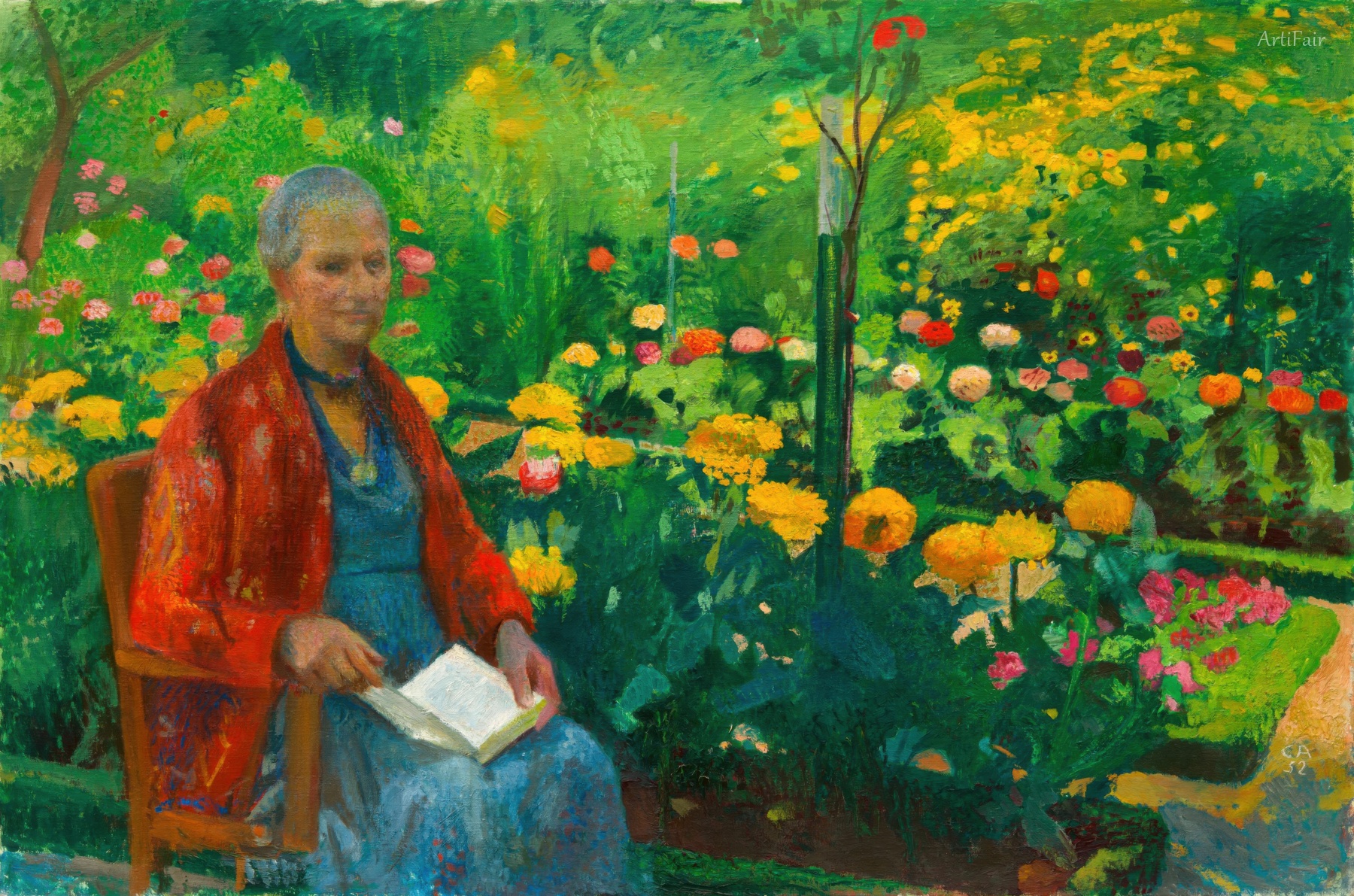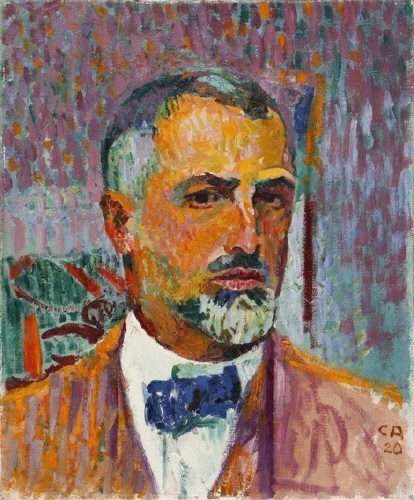

Cuno Amiet
CH
237
Artworks
1868 - 1961
Lifespan
Artist Biography
Cuno Amiet (28 March 1868 – 6 July 1961) stands as a seminal figure in Swiss art, celebrated as the first Swiss painter to prioritize color in composition, thereby pioneering modern art in Switzerland. Born in Solothurn, his father, Josef Ignaz Amiet, was the chancellor of the canton. Amiet's artistic journey began after graduating from the Kantonsschule Solothurn in 1883. He initially studied under the painter Frank Buchser before enrolling at the Academy of Fine Arts Munich from 1886 to 1888. It was in Munich that he formed a lifelong friendship with Giovanni Giacometti. Together, they moved to Paris, where Amiet continued his studies at the Académie Julian from 1888 to 1892, learning from respected academicians like Adolphe-William Bouguereau, Tony Robert-Fleury, and Gabriel Ferrier.
Dissatisfied with the constraints of academic art, Amiet sought new inspiration and, in 1892, joined the Pont-Aven School in Brittany. This period was transformative, as he absorbed the influences of Émile Bernard, Paul Sérusier, Roderic O'Conor, and Armand Séguin. The Pont-Aven artists, particularly their emphasis on the expressive power of pure color, profoundly impacted Amiet's approach, leading him to abandon tonal painting. Financial difficulties forced his return to Switzerland in 1893, where he established a studio in Hellsau. His early exhibitions, such as one at the Kunsthalle Basel in 1894, were met with mixed, often negative, reception. Despite modest commercial success in the 1890s, a significant commission in 1898 to paint a portrait of Ferdinand Hodler marked a turning point, and Hodler's work would become a lasting influence, though Amiet would chart his own distinct artistic course.
The early 20th century saw Amiet's fortunes rise significantly. He began participating in numerous European exhibitions, winning a silver medal at the Exposition Universelle in Paris in 1900 for his painting "Richesse du soir" (1899). In 1898, he married Anna Luder von Hellsau and they settled in Oschwand, which became a vibrant hub for artists and writers, including Hermann Hesse. Amiet's home was not only a creative sanctuary but also a place of learning where he mentored several students. In 1906, at the suggestion of Erich Heckel, Amiet joined Die Brücke, the German Expressionist group, further broadening his artistic connections and solidifying his place within the European avant-garde. After Hodler's death in 1918, Amiet was widely regarded as Switzerland's leading painter.
Amiet's prolific career spanned over seventy years, resulting in more than 4,000 paintings, including over 1,000 self-portraits, demonstrating his continuous self-exploration and dedication to his craft. His oeuvre, while diverse and experimental, consistently emphasized the primacy of color. He adeptly painted landscapes, particularly winter scenes, lush gardens, and fruit harvests, always infusing them with vibrant chromatic harmonies. While influenced by Expressionism, his work retained a lyrical quality and a strong grounding in the French tradition of color. His versatility extended beyond painting to illustration, graphic arts, and sculpture. He also contributed to public life, serving on the Swiss Federal Art Commission and the boards of the Gottfried Keller Foundation and the Kunstmuseum Bern, and received an honorary doctorate from the University of Berne in 1919.
A significant tragedy struck in 1931 when a fire in the Münchner Glaspalast destroyed fifty of his most important works. Undeterred, Amiet dedicated himself to recreating and producing new art, demonstrating remarkable resilience. His later works, from the 1940s and 1950s, show a shift towards more abstract concepts of space and light, characterized by pointillist-like dabs of color and a luminous, pastel brilliance. Cuno Amiet's extensive body of work, his pioneering use of color, and his role in bridging Swiss art with broader European modern movements secure his legacy as a pivotal figure in 20th-century art. He died in Oschwand in 1961 at the age of 93, leaving behind a rich and varied artistic heritage.